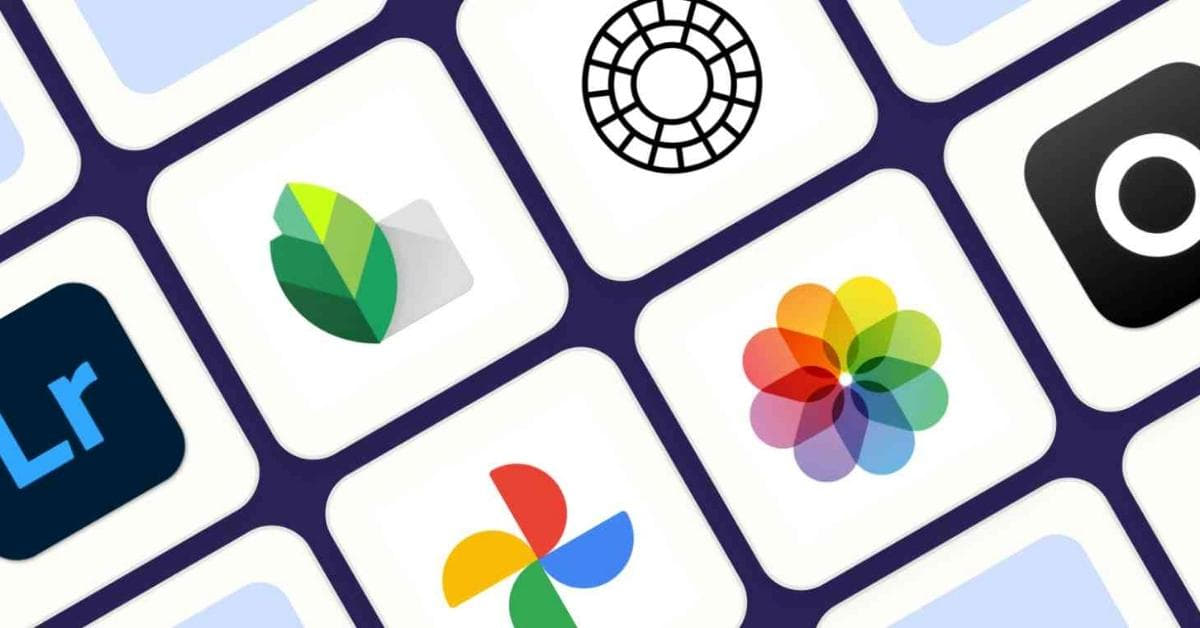In the dynamic world of digital content creation, having the right image editing software is crucial for producing visually captivating and professional-looking graphics. Whether you are a seasoned photographer, a graphic designer, or someone who just enjoys enhancing their photos, choosing the right image editing software can make all the difference. In this article, we’ll explore the top image editing software options that cater to various needs and skill levels.
Adobe Photoshop
No list of top image editing software is complete without mentioning Adobe Photoshop. Renowned for its powerful features and versatility, Photoshop remains the go-to choice for professionals worldwide. From basic photo retouching to advanced graphic design, Photoshop offers a comprehensive suite of tools that empower users to bring their creative visions to life.
Lightroom
Also a product of Adobe, Lightroom is tailored for photographers who seek a streamlined workflow in managing and editing their photos. Lightroom’s intuitive interface makes it easy for users to organize, edit, and enhance their images, with features like non-destructive editing and seamless integration with other Adobe Creative Cloud applications.
GIMP (GNU Image Manipulation Program)
For those looking for a free and open-source alternative, GIMP is a robust image editing software that rivals many paid options. GIMP offers a wide range of tools and functionalities, making it suitable for both beginners and experienced users. With a vibrant community contributing to its development, GIMP continues to evolve, providing a cost-effective solution for image editing.
Canva
Geared towards users with minimal design experience, Canva is an online platform that simplifies the process of creating eye-catching graphics. Canva’s user-friendly interface, coupled with a vast library of templates, allows users to effortlessly design social media posts, presentations, and more. While it may not have the advanced features of Photoshop, Canva is an excellent choice for quick and visually appealing designs.
Affinity Photo
Affinity Photo stands out as a professional-grade image editing software with a one-time purchase model, making it a cost-effective alternative to subscription-based options. Its feature-rich environment includes advanced retouching, multi-layered compositions, and RAW editing capabilities, catering to the needs of photographers and designers alike.
FAQs
What makes Adobe Photoshop the industry standard?
Adobe Photoshop’s industry dominance stems from its extensive feature set, continuous updates, and compatibility with other Adobe Creative Cloud applications. Its versatility and power make it the preferred choice for professionals.
Is GIMP suitable for beginners?
Yes, GIMP is beginner-friendly with a user interface that accommodates those new to image editing. Its comprehensive set of features, combined with community support, makes it an excellent starting point for beginners.
Can Canva be used for professional projects?
While Canva is known for its simplicity, it can be used for professional projects. Its vast template library and easy-to-use interface make it a convenient tool for quick design tasks, especially for social media and marketing materials.
What sets Affinity Photo apart from other paid options?
Affinity Photo stands out with its one-time purchase model, making it a cost-effective alternative. It offers professional-grade features, making it suitable for demanding tasks without the burden of a subscription.
Conclusion
Selecting the right image editing software depends on your specific needs, skill level, and budget. Whether you opt for the industry-standard Adobe Photoshop, the free and open-source GIMP, the streamlined Lightroom, the user-friendly Canva, or the cost-effective Affinity Photo, each software has its unique strengths. Enhance your creative journey by choosing the one that aligns with your goals and preferences.
This page was last edited on 6 March 2024, at 9:25 am
